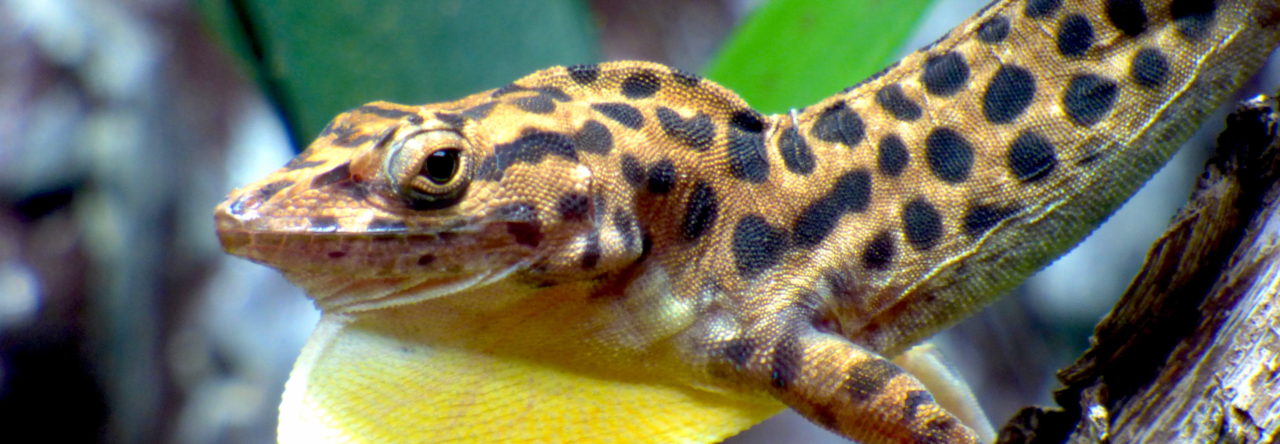*The following post was written by Chris Robinson, a Master’s student in Matt Gifford’s lab at the University of Central Arkansas.*
Like at every SICB conference, anoles are well represented among the talks and posters here in Portland and we here at the Anole Annals couldn’t be more thrilled to see the love for one of our favorite genera.
Christopher Anderson, a post-doctoral associate in Thomas Roberts’ lab at Brown University, gave a talk examining how muscle physiology influences whole organism performance in five species of anoles. His group examined two muscles, the M. ambiens pars ventralis (a swing phase muscle of the leg important for locomotion) and the M. abductor mandibulae externus superficialis anterior (a muscle in the jaw used in biting), to see if they differed from each other in how they perform in order to meet their functional demands. The muscle of the leg, which is used in sprinting, is cyclically activated and deactivated as an organism moves, whereas the muscle of the jaw is used more episodically.
Anderson and his colleagues found that the leg muscle builds passive tension at shorter lengths and has a twitch time that is 1.3-2.0 times faster than that of the jaw (to see how twitch time relates to sprint speed, see the post about Noel Parks’ poster). From this, Anderson concluded that these muscles are tuned to meet their physiological demands. Locomotion muscles, which are used frequently, generate a lot of force rapidly and the quickly developing passive tension in these muscles may serve as a form of protection for the muscle during active lengthening.
- SICB 2018: Revisiting the Fitch-Hillis Hypothesis in Mexican Anoles - January 8, 2018
- Evolution 2017: Urban Anoles Sprint Faster on Smooth Substrates - June 26, 2017
- SICB 2017: New Insights into Pre- and Postcopulatory Selection in Anoles - January 10, 2017


Leave a Reply